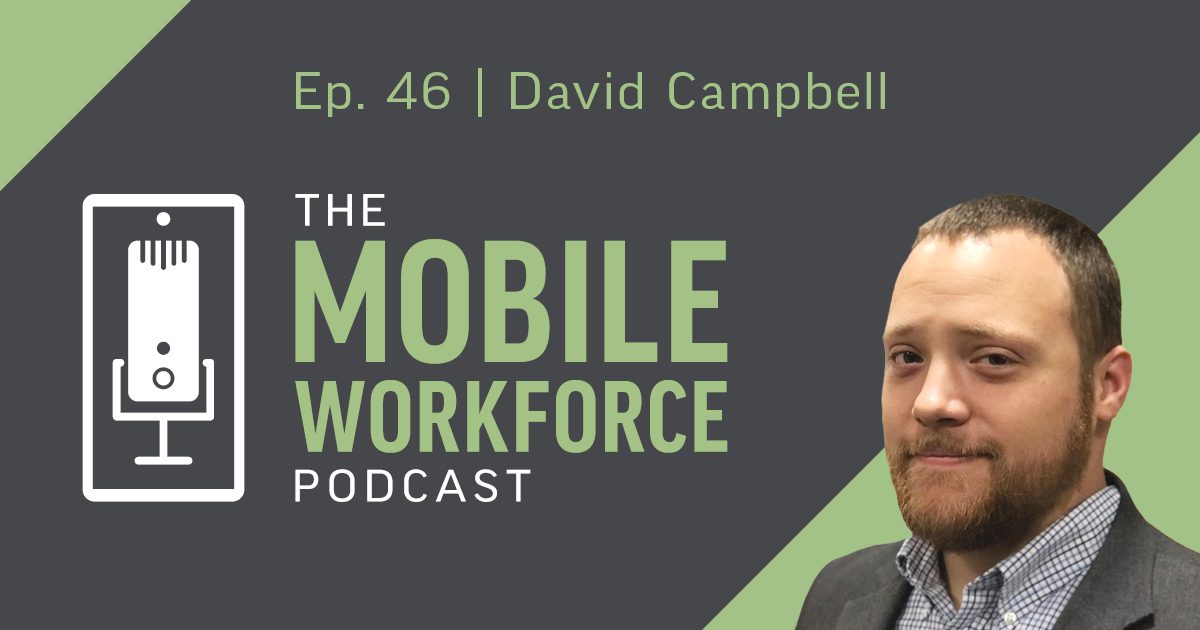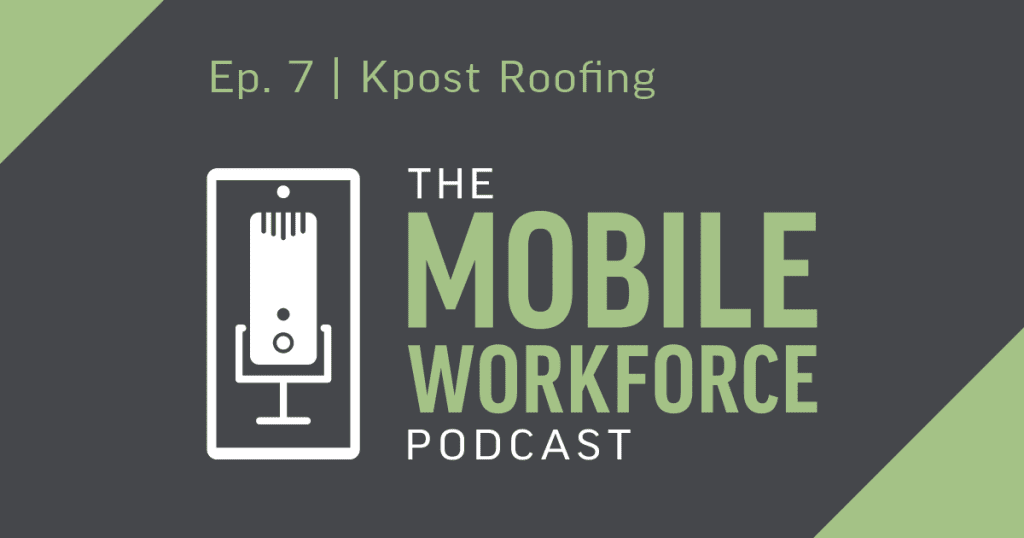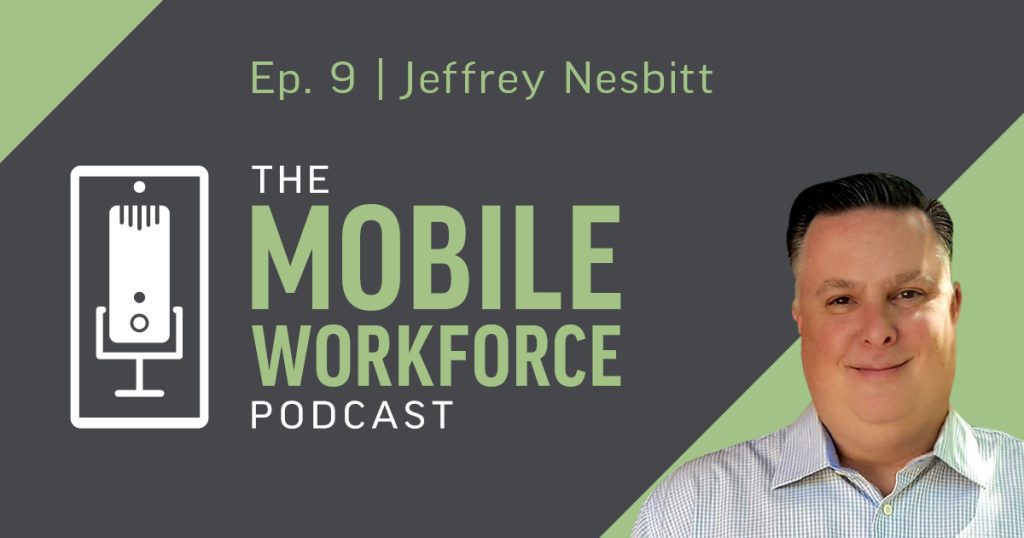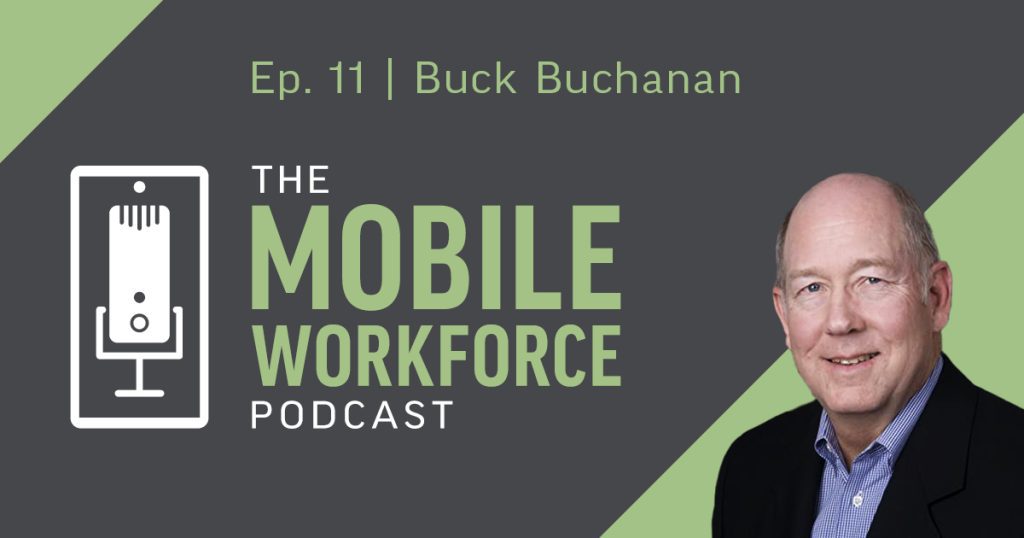Top Ways Data Collection Reveals New Business Opportunities
The construction industry knows data is a top priority, but there remains confusion around how to collect it, how to store it and what to use it for. Still, it’s an intimidating undertaking, which is why many construction business leaders get overwhelmed and put data collection and analysis on the backburner. But, as the saying goes, if the best time to start was yesterday, the next best time is today.
Joining host Mike Merrill on this episode of the Mobile Workforce Podcast is David Campbell, the co-host of the Brewing with BIM Podcast and the Application Specialist at Topcon Solutions, a leader in providing AEC technology and training. David shares commonly asked questions on data collection, digital twins, and common data. He gives tips on teaching your teams to interact with that data, and talks through software that stores data and the best ways to pull meaningful insights from the data you have.
Key Takeaways:
- Common data is the cornerstone of a well built tech stack. Common data allows all of the information coming in and out of your business to be centralized. This allows activity to be tracked and shared with the entire leadership team. By implementing common data, every decision being made on job sites and in the office are based on the same point of reference, which simplifies the entire operation.
- Creating a digital twin eliminates mistakes. A digital twin is an online duplication of the project where everything that will be, or has been done, is represented and accounted for in the cloud. This gives future new owners and maintenance staff the ability to make the right upkeep and design decisions 20+ years down the road. A digital twin isn’t just valuable to the owner after a project is completed, it is a valuable commodity starting when the general contractor breaks ground at the job site.
- Review your data processes every six months to a year. Once you have a system in place, it needs to be continuously reviewed for maximum efficiency. As a team you should be reviewing how you are handling and using your data. The more a company tracks their projects, the more they’ll learn from the data that gets collected. For example, you can start by collecting and using your project progress and payroll data to run both reports. Once that is established the next step would be to connect the two to start tracking and understanding your labor efficiency. In today’s market these opportunities to improve productivity cannot be wasted.



